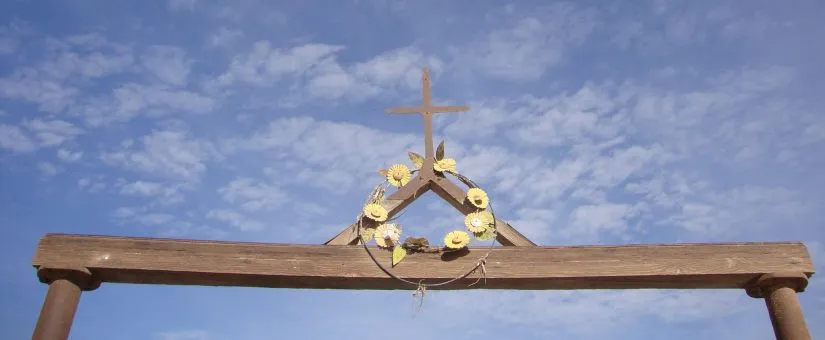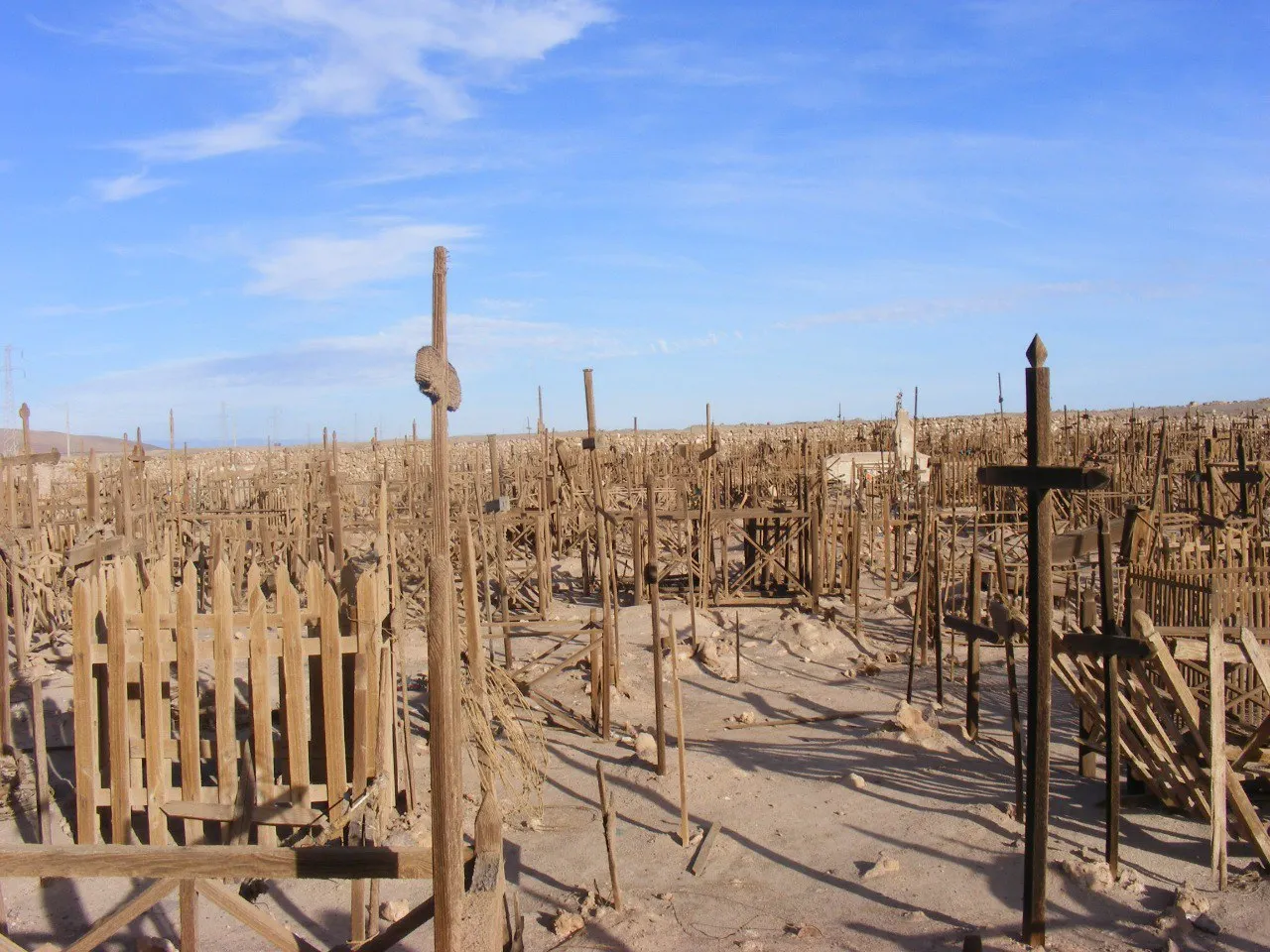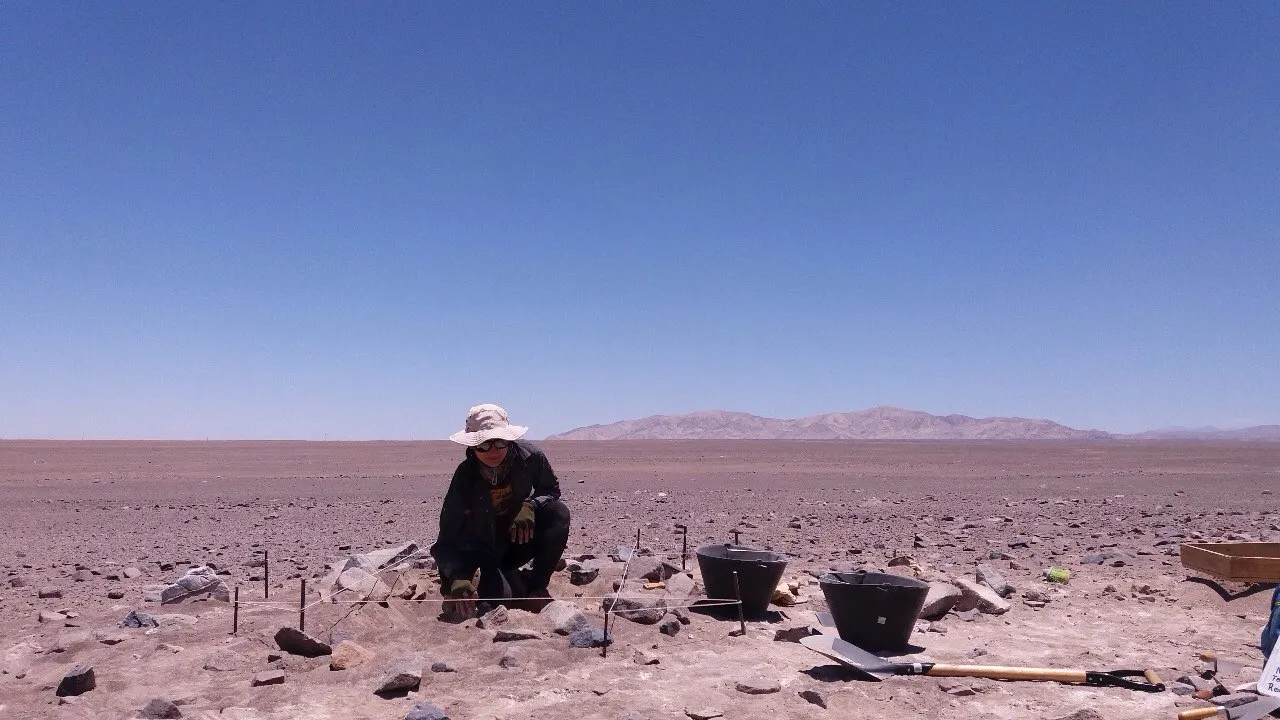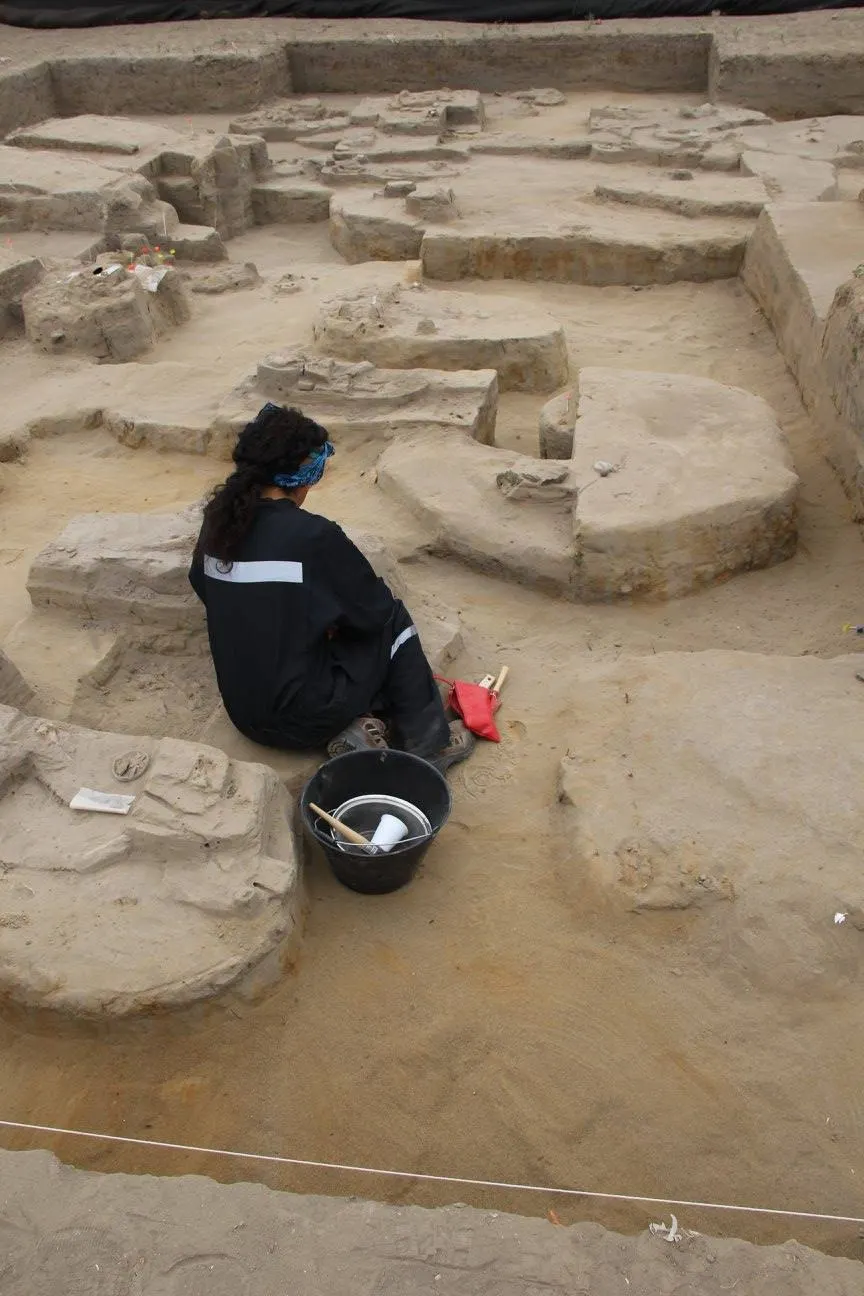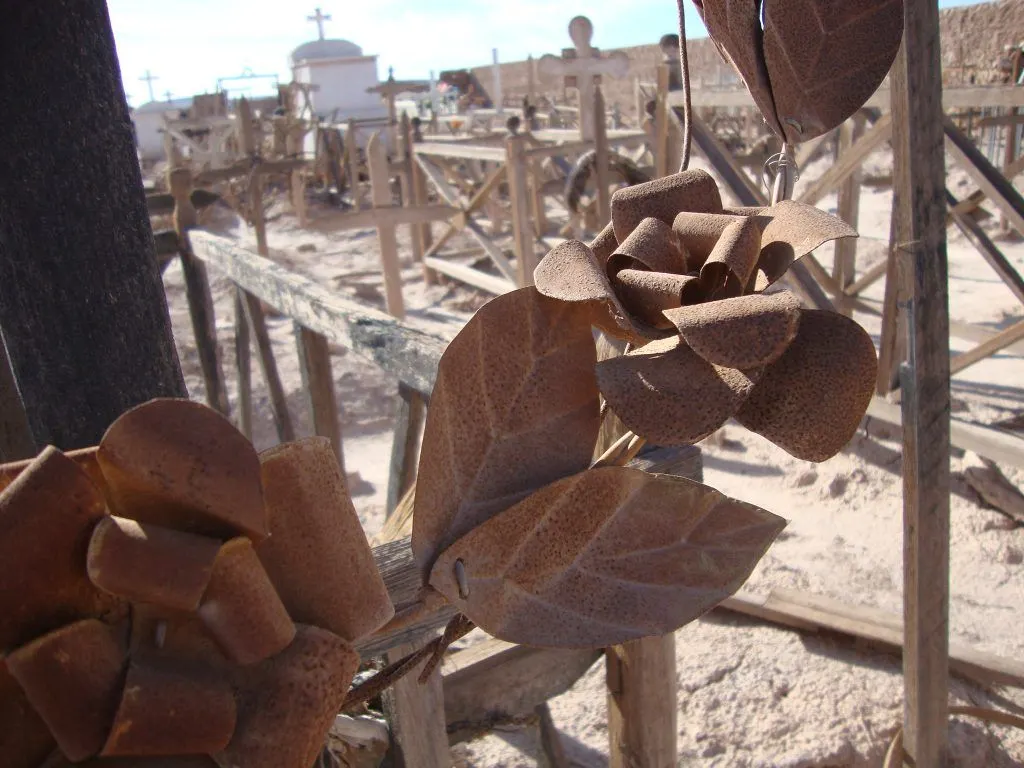By Nicolás Montalva, María José Herrera y Francisca Santana-Sagredo.
Nicolás is PhD in Anthropology and President of the Sociedad Chilena de Antropología Biológica (https://sochiab.cl/). María José is Doctor in Archaeology (c) and Director of the Sociedad Chilena de Antropología Biológica (@MajoHersot). Francisca is DPhil in Archaeological Science (@FranSantanaS)
A recent article describing the whole-genome sequencing of a body of alleged «extraterrestrial» origin according to UFO organisations (1), journalists (2), and other media outlets (3), has initiated an important controversy regarding adherence to scientific, legal and ethical standards for studies involving human skeletal remains. This controversy began with the commentary published by Etilmercurio (4), which was followed by press reports (5,6,7), public statements released by local and international scientific organisations (8,9,10), the authors of the original article (11), and the journal where it was published (12).
The basic issues raised by researchers questioning the article are clearly summarised in a tweet by Professor Tom Higham (School of Archaeology, University of Oxford, UK): «Accepting a human sample sent via TV film crew from a private owner in Spain; not seen or viewed by them - without any checks for provenance or permission, let alone ethical considerations... what were they thinking?». This is exactly what the authors (Nolan and Butte) claimed in their statement, as part of their argument disavowing responsibility, without acknowledging their lack of involvement as the root of the problem.
In their statement (11), the authors attempted to rebut these claims, identifying an earlier lack of criticism or legal action from the Chilean press and authorities when these remains originally became subject to public attention in 2013. Moreover, they declare to have followed U.S. regulations in this regard, completely ignoring Chilean law.
The authors declare they did not know the biological origin of the body, nor where it came from. However, in the documentary titled «The Atacama Humanoid» (13) by the UFO organisation «Sirius», they mention the skeleton came from the Atacama Desert, and had human anatomy and DNA. The most worrying aspect of this video on YouTube is the active participation of Garry Nolan, working closely with the UFO organisation, and leaving open questions on the possible non-human nature of the Atacama body.
The statement by Genome Research (12), written in legalese jargon as a sort of exemption of liability, also points out to the «unknown biological origins» of the individual analysed: thus exempting themselves with the requirement to comply with required ethics assessments (presumably meaning requirements in the US). It is interestingly unclear what do they mean by unknown biological origin, making reference to a possible non-human primate origin. Extant or extinct non-human primates are not present in the region, and a palaeontological specimen would look rather different, if one know what is needed to handle such hypothesis. That leads us to believe they were either taking the claims of extraterrestrial origin seriously, or more likely, were motivated by potential media attention.
The Chilean national newspaper El Mercurio (14) just published an item highlighting that the Atacama body was analysed by the expert forensic anthropologist Francisco Etxeberría, who declared back in 2007 that «Ata» was clearly a human fetus.
Cemetery Oficina Ex Lagunas, Victoria, Tarapacá. Photo: María José Herrera
Given these facts, why did Sirius and Nolan et al. continue with this «alien» show? Was it necessary to carry on with the DNA analysis, ignoring ethical or legal procedures in its transport to Spain and later to the US (even as a small sample)?
Here we return to Prof. Higham’s question: «what were they thinking?». Presumably, they were thinking of the colossal media response to the case, literally making an «Alien» show out of this apparently tragic story.
Although the way this issue has been handled raises clear and basic criticisms about ethics in the research of human remains, there are also more complex questions regarding the ongoing debate whether the scientific use of human remains are, by their nature, ethically unjustifiable. This debate is at the core of many scientific disciplines such as biological anthropology, since many practitioners in the fields of bioarchaeology, forensic anthropology or palaeopathology, to mention a few, use human remains as their principal source of data. These data are used by anthropologists to find out the livelihoods and fates of people forgotten over the years, to understand the circumstances of history, and to reveal how policies have marginalised and hidden the different ethnicities, traditions, and ideas that have formed our heritage. This can be seen in the case of archaeological remains that reveal our indigenous origins, or forensic studies detailing the truth about violations to human rights in our recent history.
The role of bioanthropology and its relation with the study of human remains
One of the main scientific disciplines that study human remains is Biological Anthropology or Bioanthropology. This discipline aims to learn about human variability, in modern, as well as archaeological human populations. Bioanthropology covers a wide research field, including subjects such as forensic anthropology, human evolution, primatology, archaeology, genetics among others. Anthropologists who study ancient human remains from archaeological contexts, known as bioarchaeologists, who reconstruct the life of those individuals whose lifestyles have often been lost through time.
Cemetery Oficina Ex Lagunas, Victoria, Tarapacá. Photo: María José Herrera.
Bioarchaeologists study human remains to find out about their recent or remote history, which is only possible through the direct examination of their skeletal biology and their burial context. How they lived, ate, travelled, died, what illnesses and cultural practices they had, are just an example of the many questions bioanthropologists can study and answer. These research questions also include more recent subjects that are not always present in the history textbooks related to social status, gender and health such as poverty, malnutrition and violence.
With regard to Chile and South America, aspects are all particularly relevant since it is one of the few ways to gain an understanding of the ancient cultural groups that inhabited the local territory. Unfortunately, due to the Spanish invasion and subsequent massive mortality of indigenous people through genocide and disease, the number of local communities fell greatly, limiting our understanding of their lifestyles and history. Therefore, bioarchaeology plays a key role in the reconstruction of the ancient cultural groups that inhabited Chile (and other countries in the region).
As previously mentioned, research on human remains can provide relevant insights on different aspects of present and past activities and lifestyles. However, ethical and legal protocols when working with human remains are as important as the research itself, and need to be followed strictly.
Excavation Cemetery El Olivar (Coquimbo Region). Photo: P. González.
As in many countries worldwide, the majority of archaeological/historical human remains used in scientific research in Chile are deposited in museums or universities that look after their preservation. In order to access samples from bioanthropological collections it is necessary to request permissions to the institutions in charge. Conversely, if archaeological excavations need to be conducted, permission is required from the Chilean National Monuments Council, otherwise the excavation cannot be undertaken. In addition, a subsequent permission is required to remove any human remains from their burial contexts, and requires that they are deposited in institutions that have the proper conditions to keep them safe and well preserved. All these aspects related to national heritage and its management are legislated by the Law of National Monuments 17.288 (15). The archaeological and bioanthropological heritage is also regulated by the law 19.300 (16). Additionally, the ratification of the Convention 169 (International Labour Organization - ILO) (17) in Chile has promoted archaeological and bioanthropological heritage protection by the indigenous communities.
Together with following the law, procedures and protocols of the Chilean Government, museums and universities, a research project requires the consent of the local or indigenous communities claim to be descendants of the remains. Here, bioanthropologists attempt to create a tie of respect and communication between them and the communities, aiming to learn together and from each other about the different archaeological groups that inhabited northern, central and southern Chile.
Bioanthropologists undertake a number of analyses of human remains: macroscopic examination of the body in order to estimate sex, age, stature, pathologies, musculo-skeletal markers related to their everyday physical activities and body modifications such as intentional cranial deformation or use of labrets/tattoos. Micro-analyses can also be undertaken on archaeological human remains (skeletons or mummies) using a very small sample size and weight (usually less than 1 gram). Among these analyses are: radiocarbon dating for estimating the chronology when the person lived; ancient DNA analysis for studying their genetic composition; stable isotope analysis for better knowing their dietary and mobility patterns. If these micro-analyses are performed abroad, a letter of permission from the National Monuments Council is required to send samples out of the country.
In this sense, bioanthropological research using human remains can be ethically feasible, if all the protocols, regulations and laws are followed and respected. Even though there are some flaws in the regulations on treatment and preservation of human remains, many researchers working in academia, museums and local communities have developed means to regularise these aspects (18). For instance, a recent document created and discussed by Chilean bioanthropologists, archaeologists and curators has been published recently, titled «Minimum Standards of record and preventive conservation of archaeological and paleontological collections» (19). The objective of this document is to give better care, preservation and documentation to archaeological objects as well as bioanthropological and palaeontological remains deposited in the different institutions along the country.
Inquiries regarding all of these aspects of human life and death are not only scientifically important, but can also be of paramount importance to others who feel a social tie (grounded in genealogical, territorial, legal, or disciplinary claims) with the remains we study. Anthropology has not always been up to the task of establishing a collaborative dialogue with the State, local communities, and other scientific disciplines in this endeavour, and many times has acted as another party claiming its part and defending its interest. The source of these conflicts is how we all understand and value things in different ways.
However, we can do better: the basic starting point has been to follow a minimum standard of legal and ethical consensus. That is certainly not enough, since ultimately, we should aim to understand the point of view of each other. If what we do turns out to be of any importance, the corpus of knowledge of anthropology has the duty of being a fundamental key to reach this mutual understanding.
Back to the La Noria problem
Based on the role of bioanthropology and the fundamental requirement for a research question in any scientific project, we do not see any answers about history, evolution, pathology, or lifestyle about the girl from La Noria or the population this individual belonged to. In addition, we are not aware of any permissions nor ethical procedures taken by Genome Research or the authors to comply with Chilean law. By not knowing the «origin» of the sample, the authors should have necessarily searched for more information on how the individual was obtained, questioning the illegal aspects behind this. Even though the authors probably knew it was a human body (following Etxeberría’s analysis in 2007, and the first DNA analysis carried out in 2013), they followed the «fame» route, seeking media coverage and attention using a human fetus robbed from a Chilean abandoned town. All this media noise is not related to scientific relevance. We condemn in the strongest possible way this type of unethical and illegal behaviour and actions, clearly reflecting the lack of serious research and scientific colonialism.
Tin flower on Pampa Unión cemetery, Antofagasta Region. Photo: Cristina Dorador.
Referencias
1.
Home [Internet]. Sirius Disclosure. [citado 3 de abril de 2018]. Available in: http://siriusdisclosure.com/
2.
La Estrella de Iquique (19-10-2003). Hallazgo en La Noria: ¿feto o extraterrestre?
3.
Pant A. The Atacama Humanoid [Internet]. Awesci - Science Everyday. 2015 [citado 3 de abril de 2018]. Available in: http://awesci.com/the-atacama-humanoid/
4.
Dorador, C. 2018. La Niña de La Noria. https://www.etilmercurio.com/em/the-girl-from-la-noria/
5.
Zimmer, C. 2018. Chile and its Scientists Protest Research on Tiny Mummy. New York Times.
6.
Zhang, S. 2018. The Controversial Study of a Girl Who Ufologists Called “Alien”. The Atlantic.
7.
Jaque, JM. 2018.Científicos chilenos instalan debate ético por estudio a restos de Ata. La Tercera.
8.
León, G. et al. 2018. Letter to Genome Research.
9.
Statement of Chilean Society of Biological Anthropology (SOCHIAB) about the girl from La Noria. Available here.
10.
Declaración del Colegio de Arqueólogos sobre el caso de la Niña de la Noria.
11.
Nolan, G y Butte, A. 2018. The Atacama Skeleton. Genome Research. DOI: 10.1101/gr.237834.118
12.
Genome Research Statement. A statement about the publication describing denome sequencing of the Atacama Skeleton. Genome Research. DOI: 10.1101/gr.237842.118
13.
Sirius Disclosure. The Atacama Humanoid (Documentary) https://www.youtube.com/watch?v=0XjietgsBDY
14.
García, R. 2018. La increíble odisea de Ata, el feto humano que durante 15 años ha sido visto como extraterrestre. El Mercurio.
15.
Ley N° 17.288 de Monumentos Nacionales y Normas relacionadas. Available here (in spanish).
16.
Ley sobre Bases Generales del Medio Ambiente N° 19.300 . Available here (in spanish).
17.
ILO 169 convention Available here (in spanish).
18.
Sociedad Chilena de Antropología Biológica (2014). Propuesta de la SOCHIAB sobre el tratamiento del Patrimonio Bioantropológico (Ms.)
19.
Estándares mínimos de registro y conservación preventiva de colecciones arqueológicas y paleontológicas. (2018). Dirección de Bibliotecas Archivos y Museos (DIBAM), Consejo de Monumentos Nacionales (CMN)

